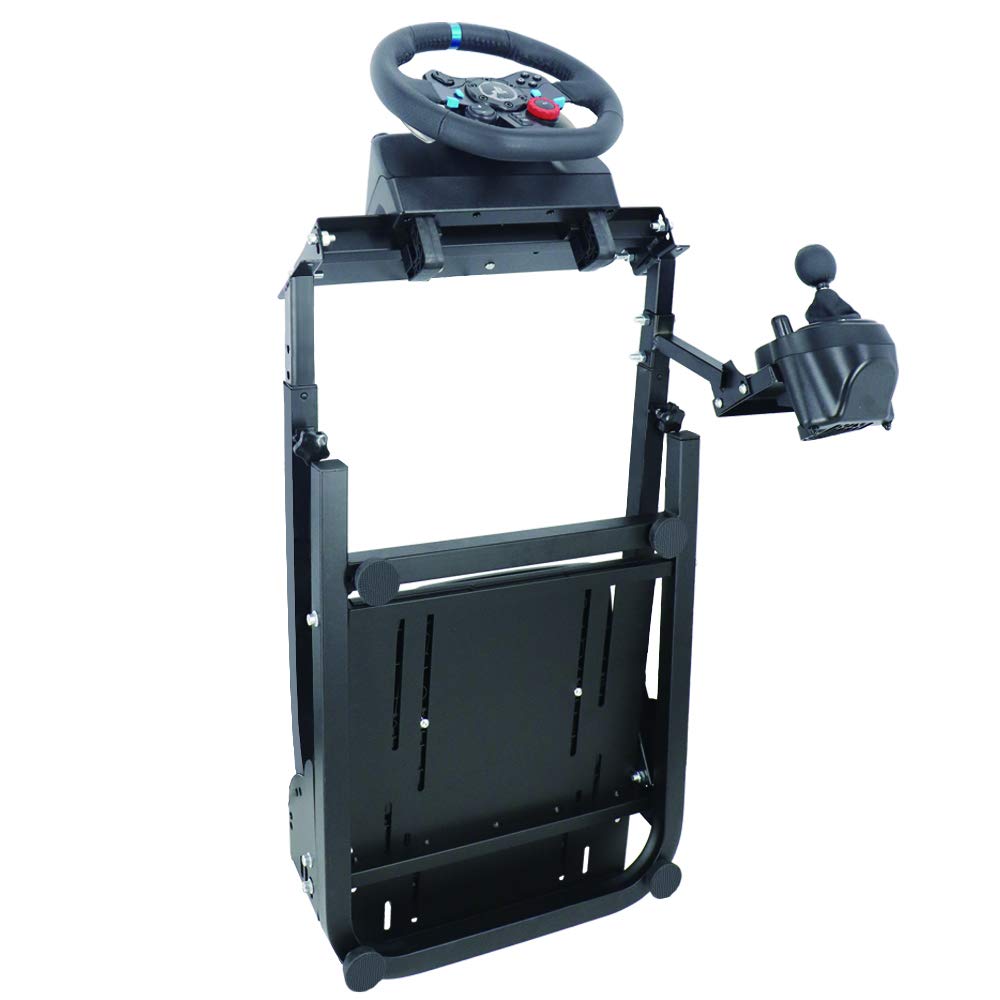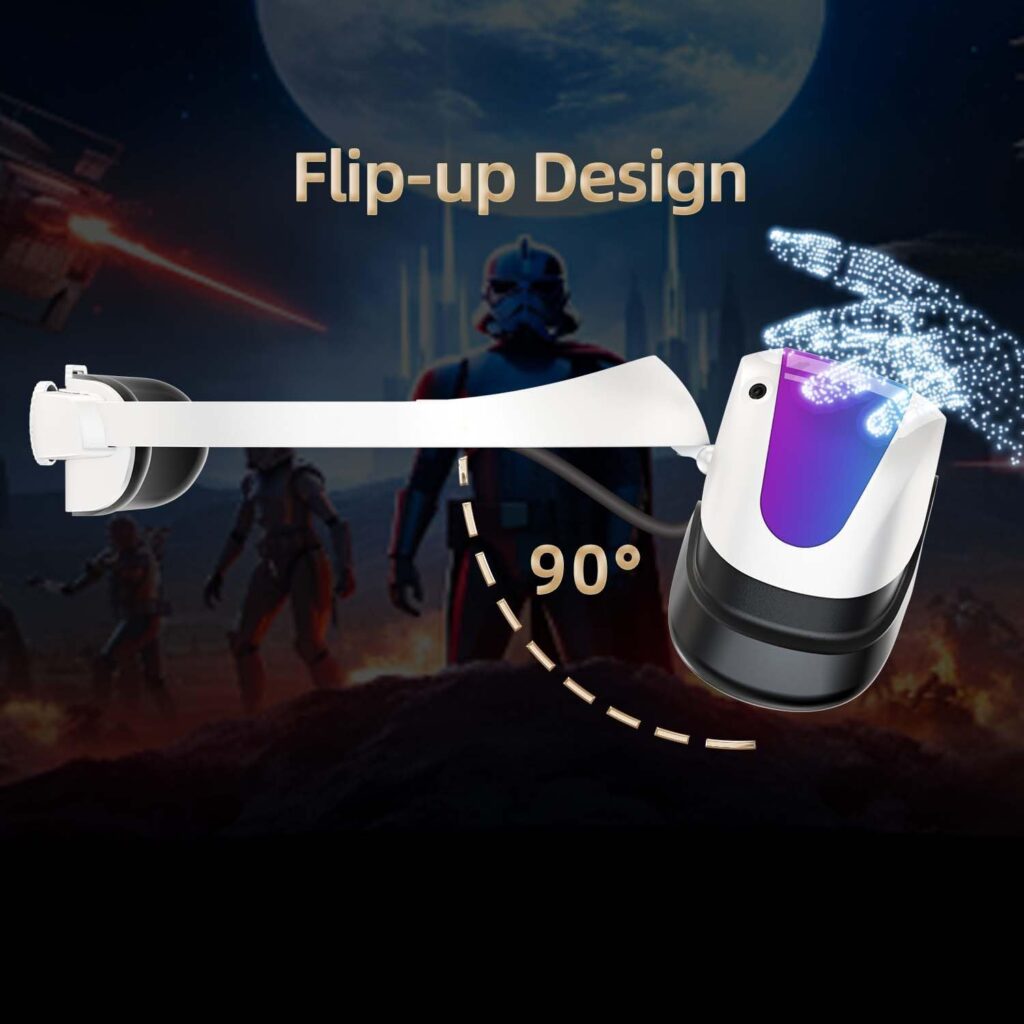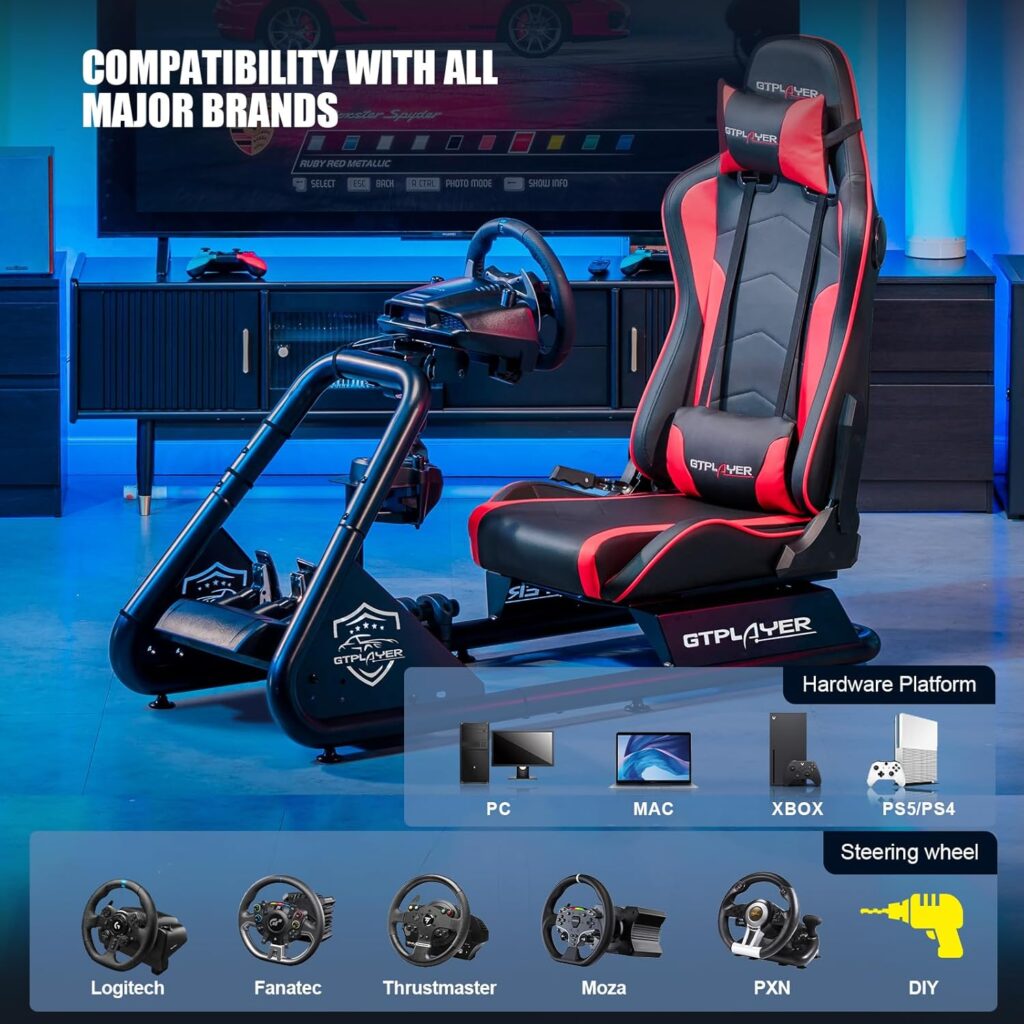Imagine yourself on the starting line of a thrilling sim racing competition, the sound of revving engines filling the air. As the countdown begins, you can feel your adrenaline surge, but how do you ensure a realistic starting procedure that mirrors the real-life experience? In this article, we will explore the essential steps to set up a realistic starting procedure in sim racing, from mastering the launch control to nailing the perfect reaction time. So, buckle up and get ready to take your sim racing skills to the next level!
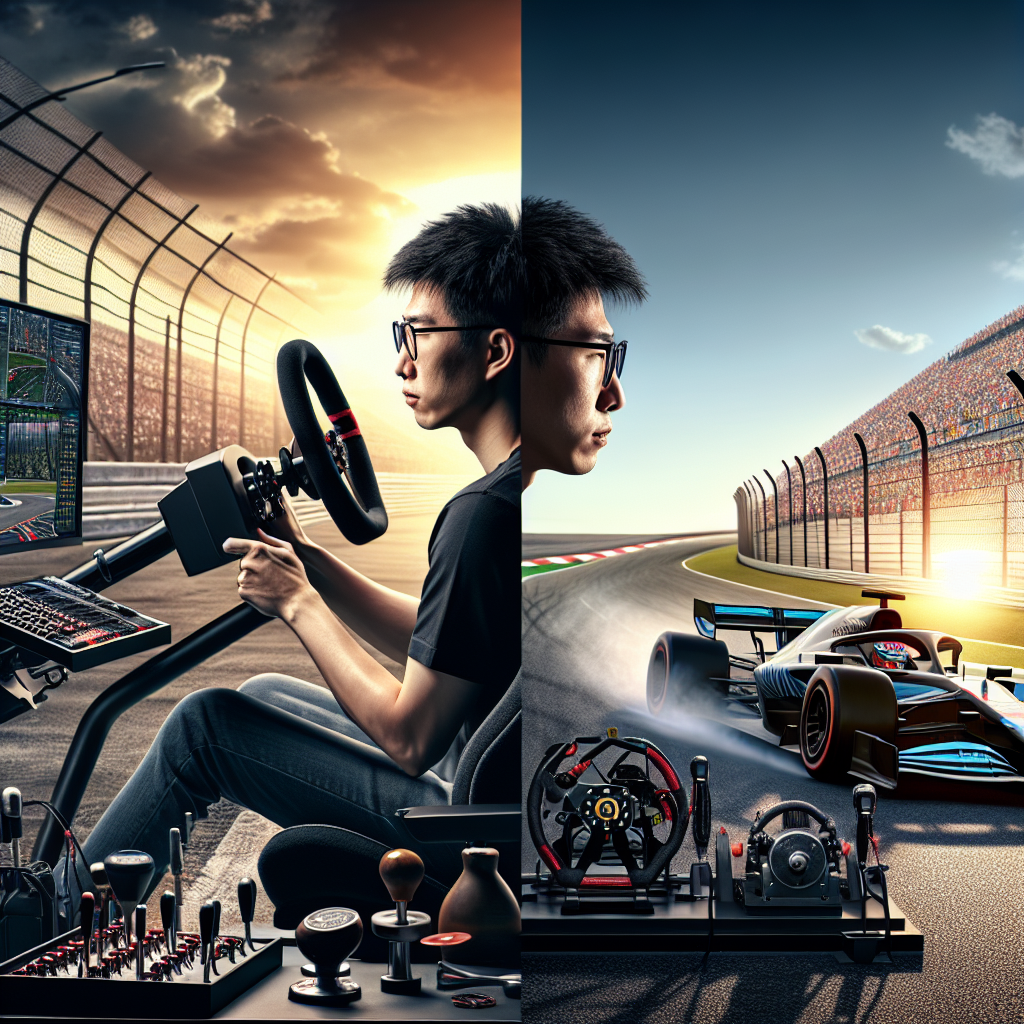
Understanding the Basics of Sim Racing Starting Procedure
Importance of a Realistic Starting Procedure
In sim racing, just like in real racing, the starting procedure plays a crucial role in setting the tone for the race ahead. A realistic starting procedure not only adds to the immersion and authenticity of the experience but also ensures fair and competitive racing. Understanding and mastering the basics of the starting procedure is essential for any sim racer striving to improve their skills and competitiveness.
Key Components of a Starting Procedure
A realistic starting procedure involves configuring the track conditions, adjusting the start sequence, fine-tuning the car setup, perfecting the launch, mastering the rolling start, executing a standing start, handling restart situations, practicing start strategies, and refining your starting procedure. Let’s dive into each of these components to gain a comprehensive understanding.
Configuring the Track Conditions
Weather Settings
Before starting any race, it is important to configure the weather settings to create a realistic scenario. Sim racing platforms often provide options to choose from various weather conditions, including sunny, cloudy, rain, or even dynamic weather. Selecting appropriate weather conditions for your race not only adds realism but also affects the traction and grip levels on the track, making it essential to adjust your driving strategy accordingly.
Track Grip Levels
Track grip levels play a major role in determining the handling characteristics of the car. Higher grip levels provide better traction, allowing for faster acceleration and cornering, while lower grip levels require more careful and precise driving. Understanding how to adjust the track grip levels during the starting procedure can help you fine-tune your car setup and optimize your performance on the track.
Adjusting the Start Sequence
Formation Lap
A formation lap is the initial lap before the actual race begins, where all the cars line up in a predetermined order to warm up their tires and prepare for the start. During the formation lap, it is crucial to maintain proper spacing, follow the designated path, and gently warm your tires by applying small amounts of acceleration and braking. This helps in achieving the optimal tire temperatures for better grip and performance during the start.
Grid Formation
Grid formation refers to the positioning of the cars on the starting grid before the race begins. Understanding the correct grid positioning is essential to ensure fairness and avoid penalties. In most racing series, the grid formation is based on qualifying times or championship standings. Familiarize yourself with the specific rules and guidelines of the racing series you are participating in to line up correctly on the grid.
Fine-Tuning the Car Setup
Clutch Calibration
To achieve a perfect launch, it is important to calibrate your clutch settings appropriately. Different sim racing platforms may have different clutch setups, so it is crucial to understand how your chosen platform handles clutch engagement. Experiment with different clutch calibration settings to find the optimal balance between quick engagement and preventing wheel spin during the start.
Tire and Brake Temperatures
Optimal tire and brake temperatures enhance the performance and handling of the car during the start. Make sure to warm up your tires during the formation lap to achieve the desired temperature range. Similarly, gradually apply the brakes during the formation lap to warm them up, ensuring optimal braking performance during the start. Monitoring and maintaining the ideal tire and brake temperatures throughout the starting procedure can significantly improve your race starts.
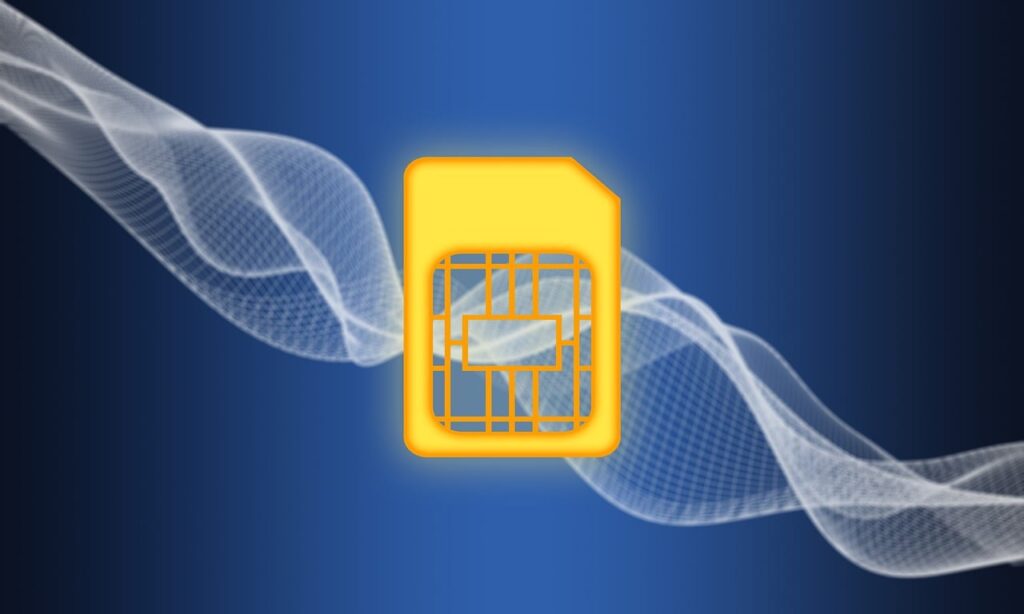
This image is property of pixabay.com.
Perfecting the Launch
Depress the Clutch
When the time comes to initiate the start, depress the clutch pedal fully to disengage the engine from the drivetrain. This allows you to rev the engine without moving the car forward. Holding the clutch pedal down ensures that power is not transmitted to the wheels prematurely, preventing an unexpected jump start or loss of traction.
Engage First Gear
Once the engine is revved and the clutch pedal is fully depressed, engage the first gear. This allows the engine’s power to be transferred to the drivetrain, preparing the car for acceleration. Make sure to release the clutch smoothly and gradually to prevent wheel spin or stalling. Practice finding the optimal clutch engagement point to achieve the most efficient launch possible.
Feeding Throttle
While gradually releasing the clutch, simultaneously and progressively apply throttle to initiate acceleration. Balancing the throttle input with the clutch release is crucial to achieving a smooth and controlled launch. It is important to avoid excessive wheelspin or bogging down the engine. Gradually increasing the throttle as the clutch engages allows for a seamless and powerful start.
Mastering the Rolling Start
Maintaining Formation
In some racing series, races begin with a rolling start instead of a standing start. During a rolling start, it is crucial to maintain proper formation and spacing with the cars around you. Pay attention to the car in front and behind you, ensuring that you do not accelerate or decelerate abruptly, which could disrupt the flow of the start and potentially cause collisions. Maintain a steady speed and position until the race begins.
Applying Smooth Acceleration
As the racing series director or lead car accelerates, smoothly apply throttle to match their speed. Avoid sudden bursts of acceleration that could destabilize your car or disrupt the formation. Gradually increase your speed to keep up with the pack while maintaining a safe and consistent distance from the cars around you. A smooth and controlled acceleration during a rolling start sets the foundation for a successful race ahead.
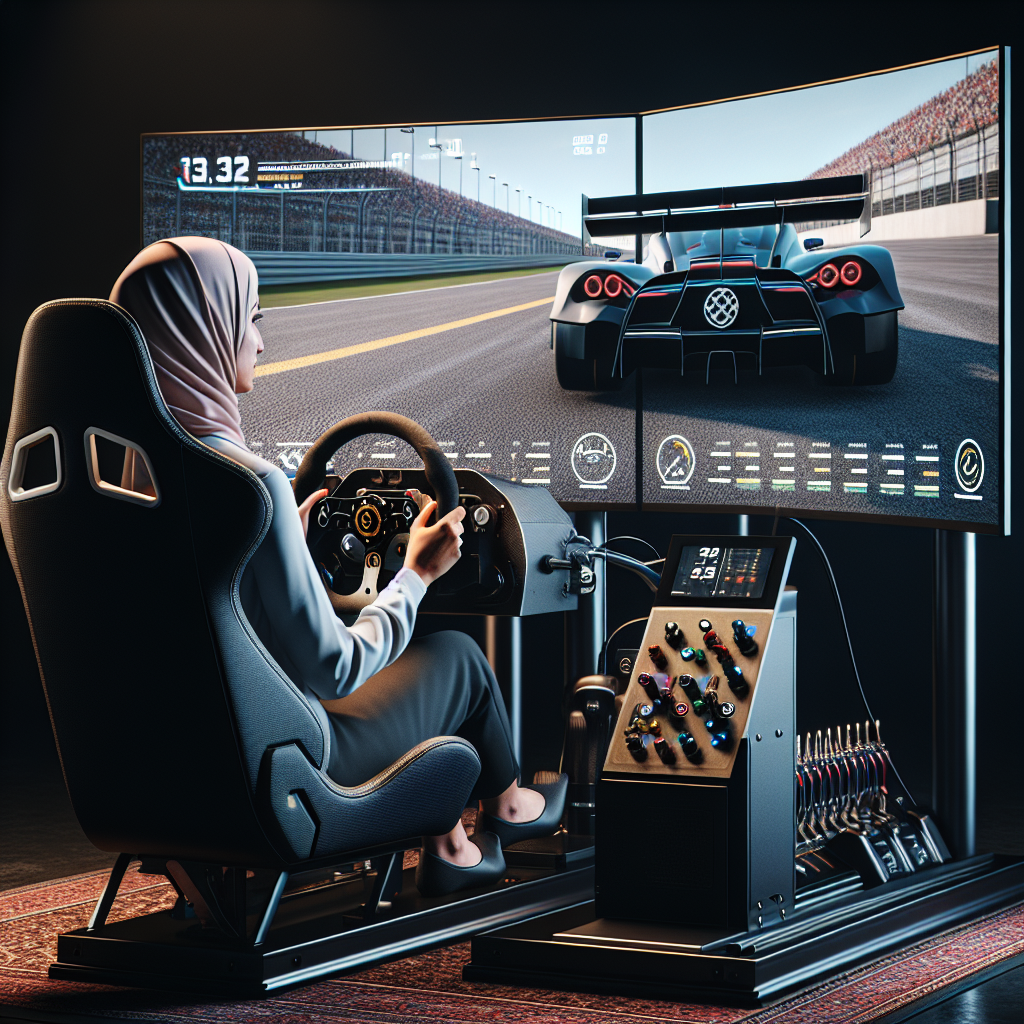
Executing a Standing Start
Optimal Clutch Engagement
In a standing start, proper clutch engagement is critical to achieving maximum acceleration and minimizing wheel spin. Experiment with the optimal clutch engagement point for your car’s setup, ensuring that you find the sweet spot that allows for a powerful launch without losing traction. Practice and repetition will help you perfect your clutch engagement technique.
Balancing Throttle and Traction
As the lights go out or the race director gives the signal to start, release the clutch progressively while smoothly and progressively applying throttle. Finding the right balance between throttle input and keeping traction is the key. Be mindful not to overcommit on the throttle, as excessive wheelspin can lead to a slower start or even loss of control. Practice finding the sweet spot between maximum acceleration and maintaining traction during standing starts.
Handling Restart Situations
Safety Car Periods
Restarting a race after a safety car period requires particular attention to maintaining the correct formation and readiness for the restart. Listen to the race director’s instructions or watch for the safety car lights to go off, signaling the restart. Be prepared to quickly adjust your mindset from a controlled pace to a racing mentality, ensuring you are ready to accelerate and maintain proper spacing with the cars around you.
Full Course Yellow (FCY)
During a full course yellow, the race is temporarily suspended, and all cars must slow down and maintain a safe distance from each other. As with a safety car period, be attentive to the race director’s instructions or signals to indicate the restart. When the FCY is lifted, be prepared to gradually increase your speed, maintaining proper formation and spacing until the race resumes fully.
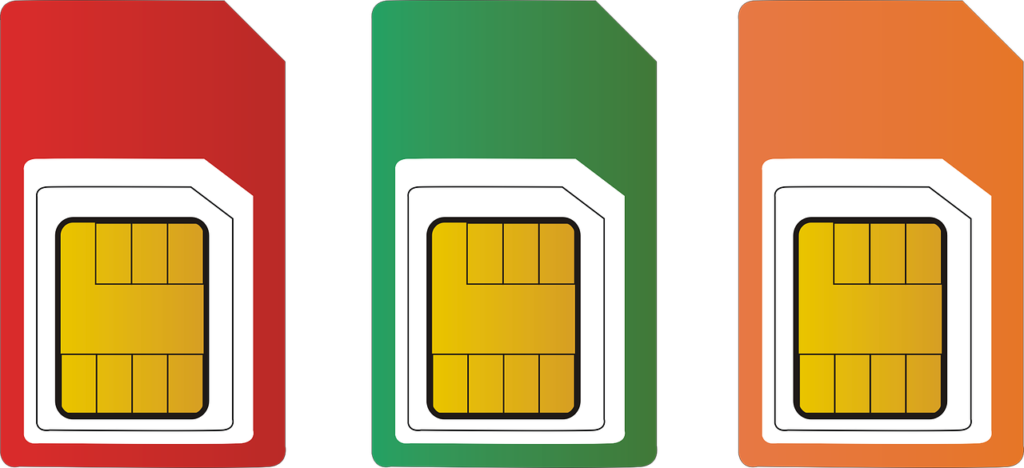
This image is property of pixabay.com.
Practicing Start Strategies
Practice Mode
Sim racing platforms often provide a practice mode where you can refine your starting procedure without the pressure of a real race. Take advantage of this mode to experiment with different techniques, test various clutch calibration settings, and fine-tune your starting strategy. Regular practice in a controlled environment will help you build muscle memory and confidence for a successful start when it matters.
Online Racing Communities
Engaging with online racing communities can be immensely helpful in practicing start strategies and exchanging tips and techniques with fellow sim racers. Participating in organized practice sessions or joining leagues and championships provides opportunities to hone your skills through regular races with like-minded individuals. The collective experience and knowledge shared within these communities can accelerate your growth as a sim racer.
Refining Your Starting Procedure
Analyzing Data and Feedback
After every race start, it is crucial to analyze data and seek feedback to identify areas of improvement in your starting procedure. Study your telemetry data, including clutch engagement times, throttle inputs, and car behavior, to pinpoint any inefficiencies or mistakes. Additionally, seek feedback from experienced sim racers or coaches who can provide valuable insights and suggestions based on their expertise.
Adjusting Settings and Techniques
Based on the analysis of data and feedback, make necessary adjustments to your settings and techniques. This might include fine-tuning your clutch calibration, revisiting your approach to warming up tires and brakes, or making changes to your throttle input during the start. Continuously refining and adapting your starting procedure based on real-time feedback will help you progress and achieve consistency and competitiveness in your races.
By understanding the basics of a realistic starting procedure, configuring the track conditions, adjusting the start sequence, fine-tuning the car setup, perfecting the launch, mastering the rolling start, executing a standing start, handling restart situations, practicing start strategies, and continually refining your starting procedure, you can enhance your sim racing experience and improve your chances of success on the track. So, put these tips into practice, get ready for the green light, and have a thrilling and competitive racing experience in the world of sim racing!

This image is property of pixabay.com.

